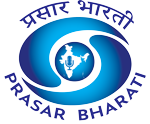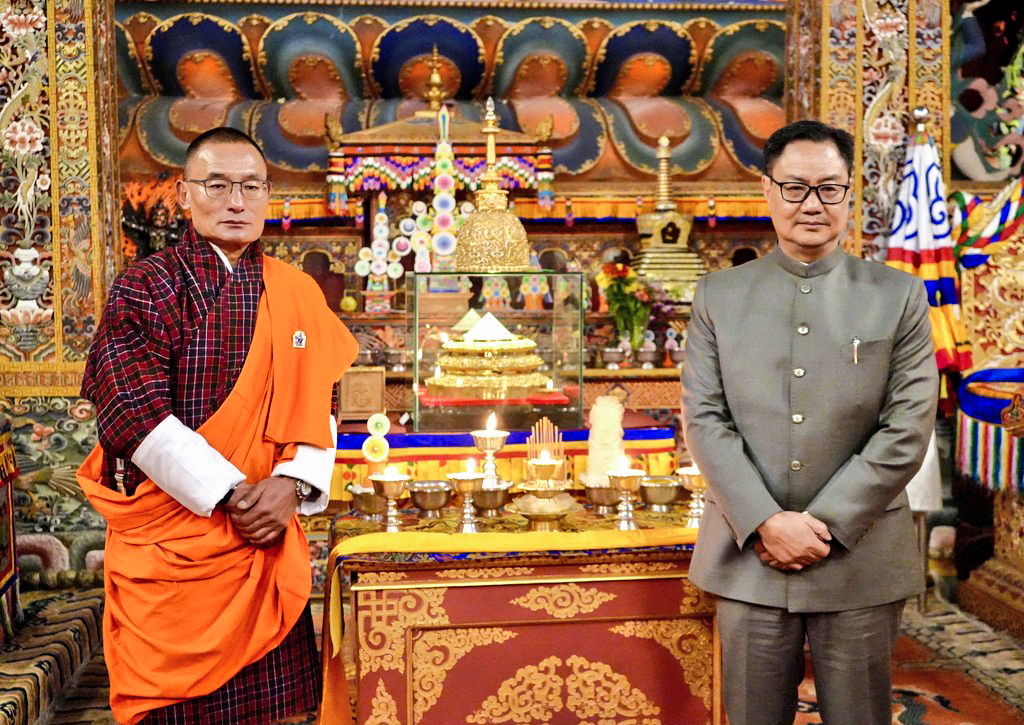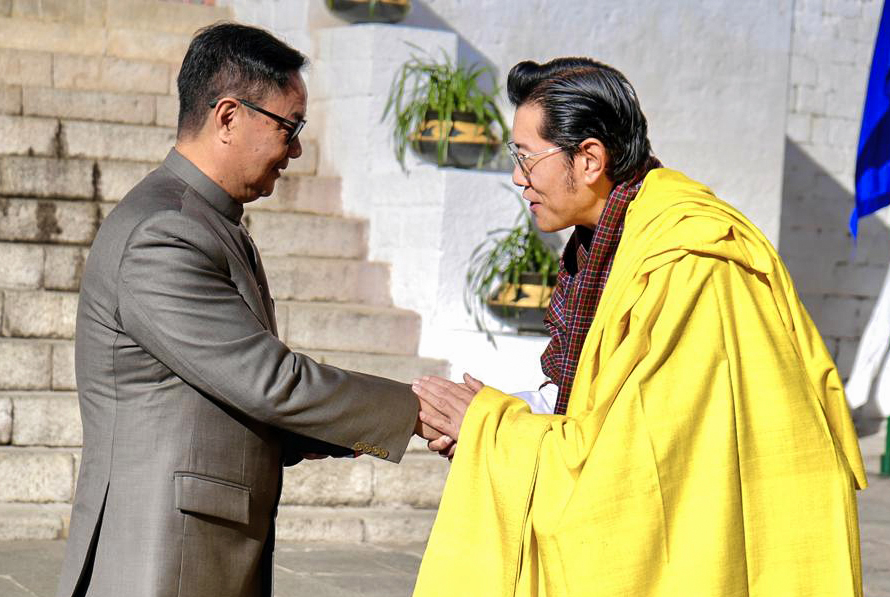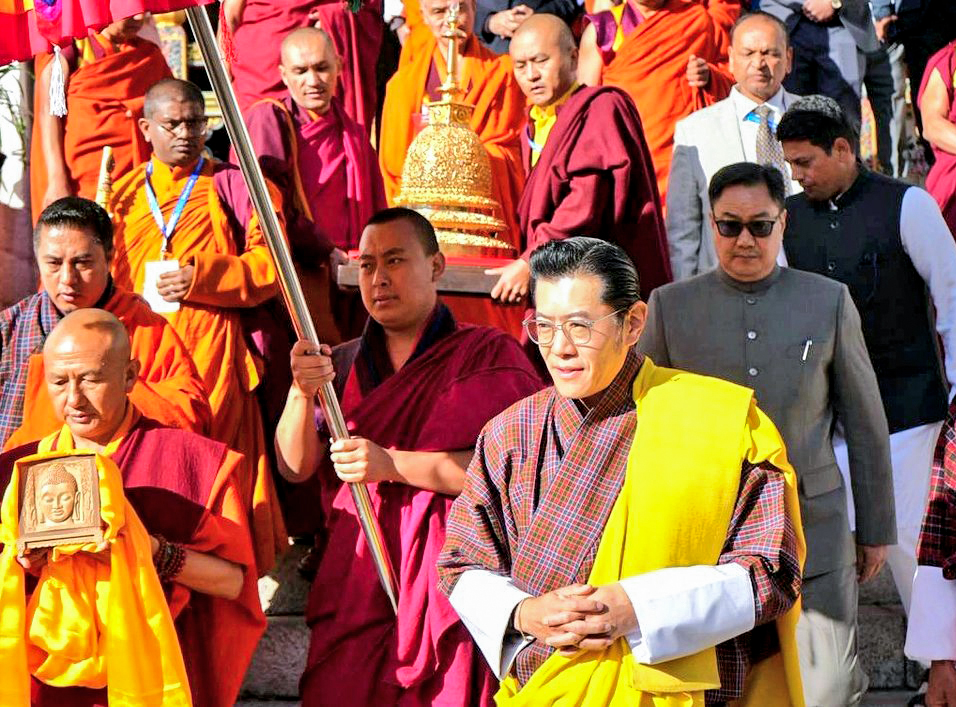The sacred relics of Lord Buddha returned to India on Tuesday after a 17-day public exposition in Bhutan, an event marked by significant religious participation and high-level representation from both countries.
Union Minister for Minority Affairs and Parliamentary Affairs Kiren Rijiju accompanied the relics back to India and described the experience as an honour. He thanked Bhutan’s leadership and citizens for the ceremonial respect accorded to the relics throughout their stay.
Rijiju said that Bhutan’s deep reverence for the relics reflected the strong spiritual and cultural ties between the two nations. He noted that King Jigme Khesar Namgyel Wangchuck personally attended the ceremonial departure earlier in the day, calling it a gesture that underscored the warmth of India-Bhutan relations. The minister also conveyed appreciation to the Bhutanese Prime Minister, cabinet members, senior monks, and officials for their support and hospitality.
Upon landing at Palam Airport in New Delhi, the relics were received by Director General of the International Buddhist Confederation Abhijit Halder, monks, and officials from the Ministry of Culture and the National Museum.
The Sacred Buddha Piprahwa Relics had been enshrined at the Grand Kuenray Hall of the historic Trashichhodzong in Thimphu from November 8 to 25 as part of the Global Peace Prayer Festival. Tens of thousands of devotees visited during the exposition.
On Tuesday morning, King Jigme Khesar Namgyel Wangchuck attended special prayers at the Grand Kuenray before the relics were taken in a state procession to Paro International Airport. The event was also attended by Bhutan’s Prime Minister, senior cabinet ministers, members of the Central Monastic Body, and monks from both India and Bhutan. Rijiju, who travelled specifically for the occasion, met the King before accompanying the relics back to India.
The relics departed Bhutan aboard a special flight with full ceremonial honours.
The Sacred Piprahwa Relics, among the most revered in the Buddhist world, were taken to Bhutan as a gesture of goodwill from India. Their exposition drew widespread devotion across the Himalayan nation and highlighted the shared Buddhist heritage that continues to form an important pillar of India–Bhutan relations.













